Following on from yesterday’s legless ellie may I remind bloggers of this Satara ellie that I saw a year ago with this hole in his trunk which did not seem to inconvenience him at all.
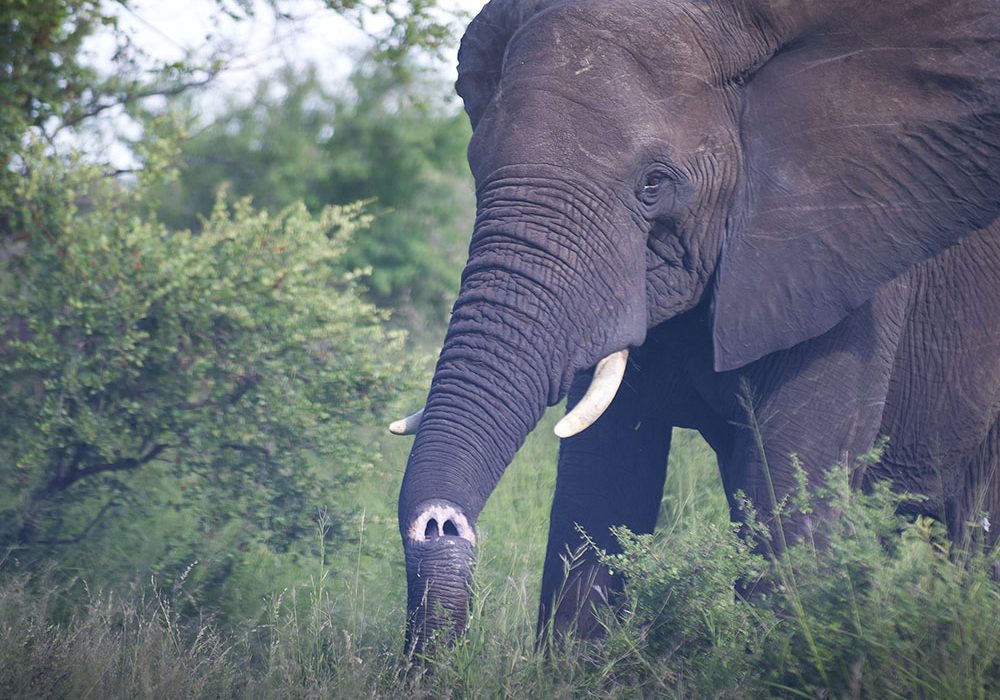
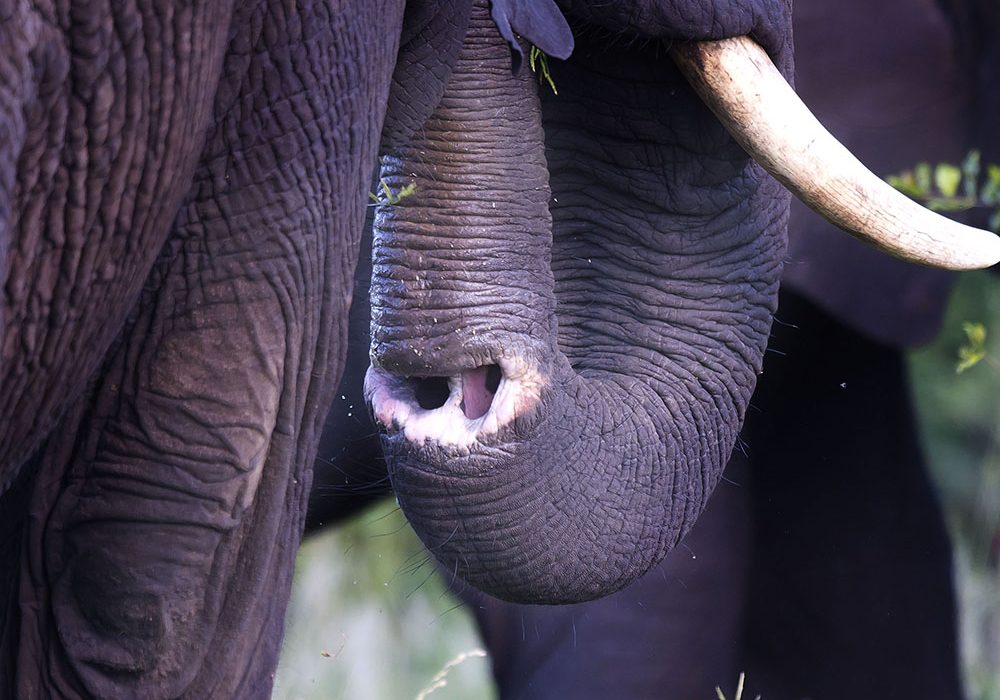
With the caravan in tow we leave the gates of Satara at exactly 5am. It is a beautiful sunny morning but we do not linger as we want to get to Lower Sabie as early as possible. Campsites there are small and in high demand.
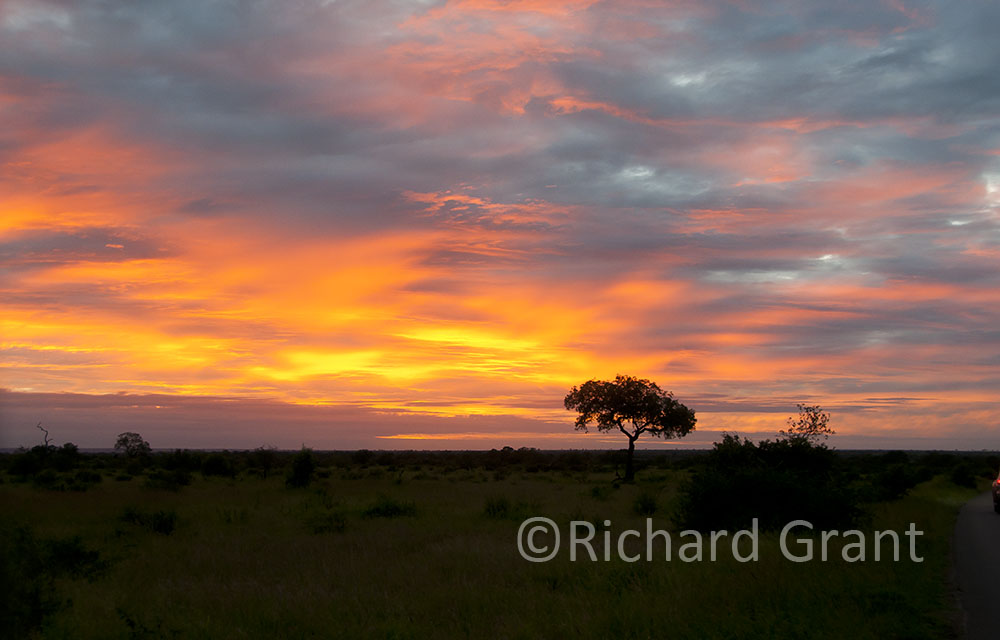
Rain has fallen over the past ten days as both Kumana and Mazithi Dams have a little water in them.
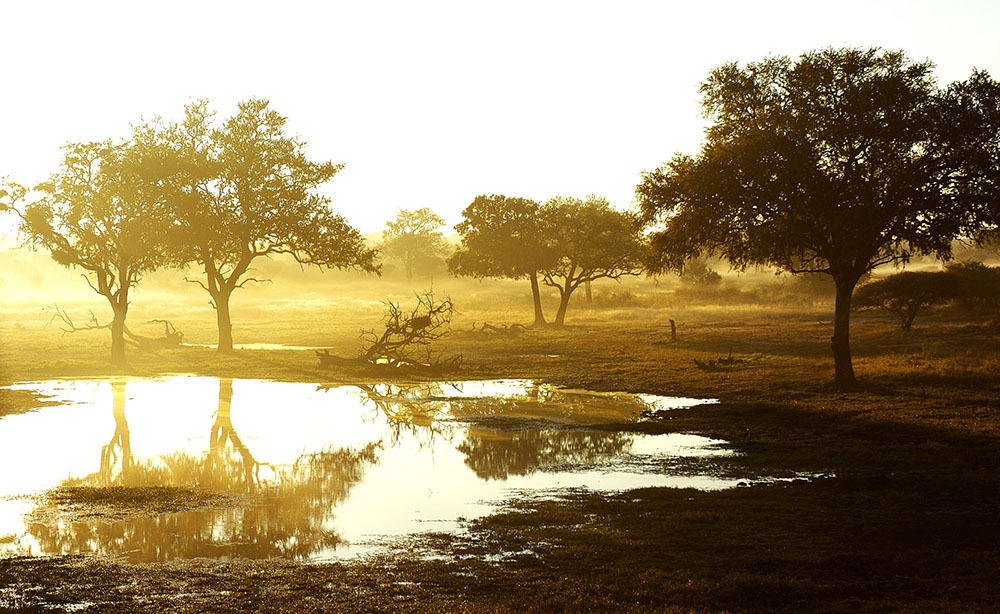
Just beyond Mazithi though, I hit a Kruger caravanner’s nightmare. A huge bull ellie is strolling purposely up the road towards us and shows no intention of deviating from his course.
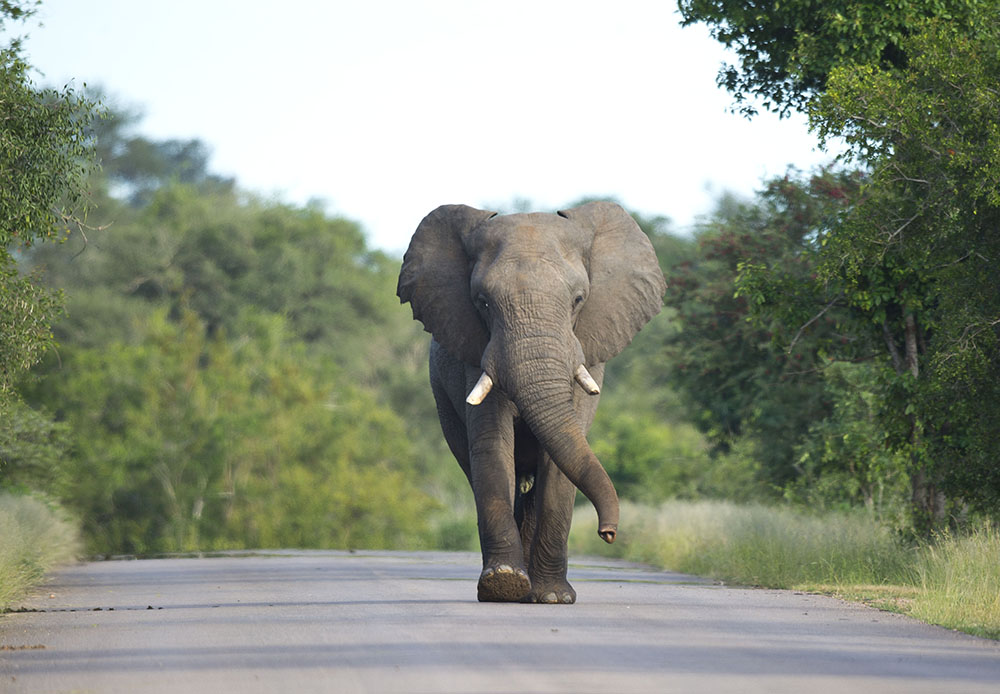
The road verges are too steep to turn so, opening my door and leaning out so that I can see the back of the caravan, I have to reverse all of 1km. Mercifully, he eventually wanders off into the bush. Surprisingly, when considering how many times we have travelled with the caravan in the Park, this is the first time that this has happened to me. One thing is for sure, there would be no escape from and angry, charging ellie.
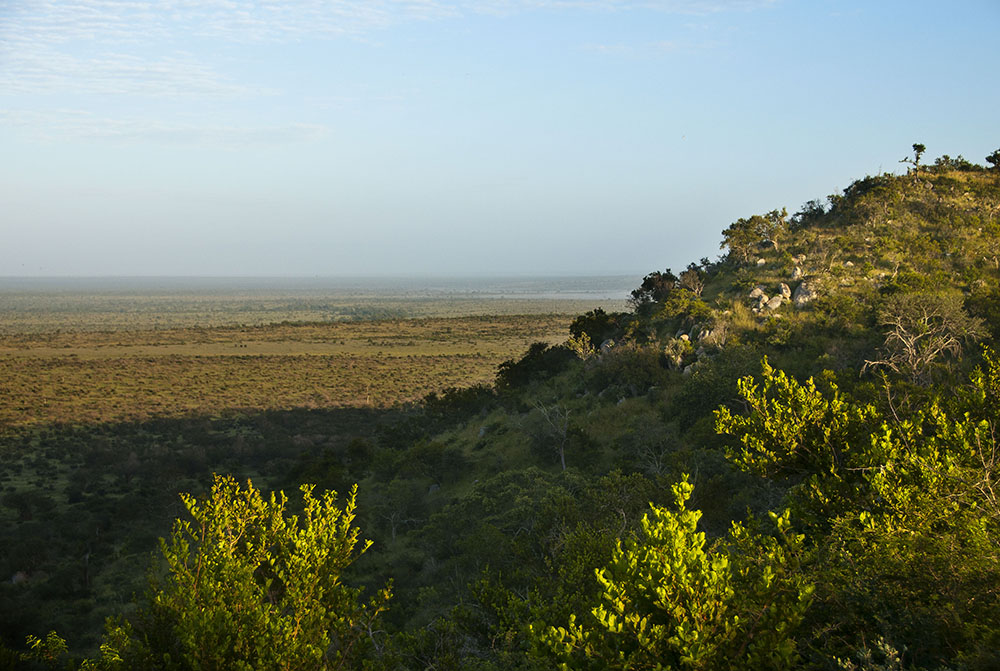
The usually dry Tshokwane area has received some rain and is greener than usual. From the top end of Muntshe mountain onwards, the veld on the left side of the road has been burnt and is now ankle high green grass – no cover at all.

We are really fortunate to find the only suitable campsite for our “Taj Mahal” caravan and in no time we are settled in.
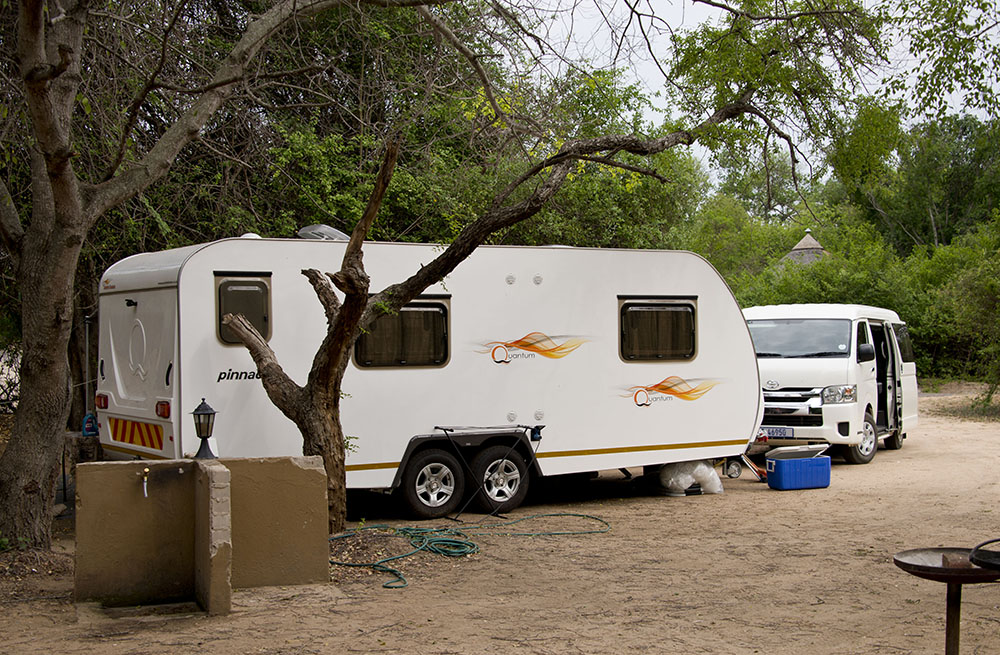
I do venture up the H4-1 road to Lubyelubye rocks and am bitterly disappointed that the Lower Sabie area has had no rain at all. It is drought stricken which is unusual as the rainfall should be more plentiful in the south end of the Park. Like at Satara, we are going to have to plan our strategy carefully eliminating roads that are lifeless and dry.
As a little trivia, the word Sabie comes from the Shangaan (and Zulu) word saba meaning “fear”, ostensibly because of the large crocodiles that the river was famous for. During the Anglo-Boer war, James Stevenson-Hamilton fought together with Tom Duke whose family had come from Ireland. So impressed was J S-H that later he sought out and acquired the services of Duke as a ranger in the early (pre Kruger) Sabie Reserve. Tom Duke, lived on the site of Lower Sabie and in 1930 his dwelling was converted into a guesthouse following which huts were constructed in 1932. The Lower Sabie area has probably the best game viewing in the whole Park and accommodation is much sort after by tourists. It is certainly the most difficult camp in Kruger to secure a booking.

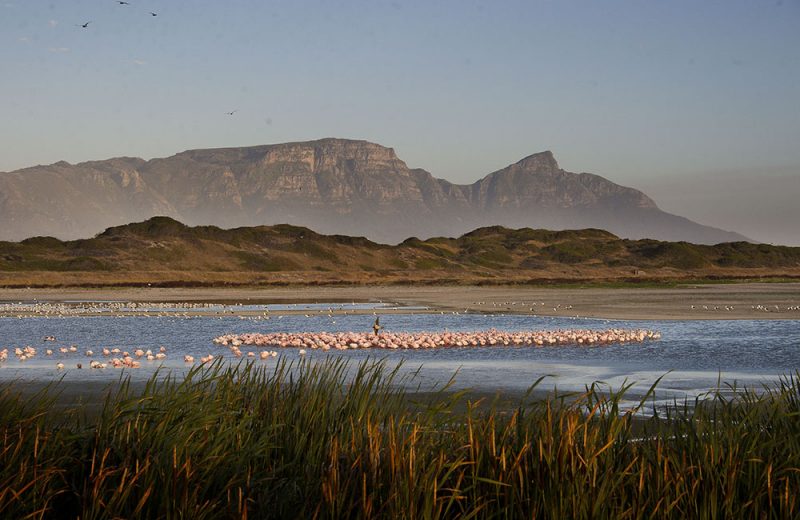
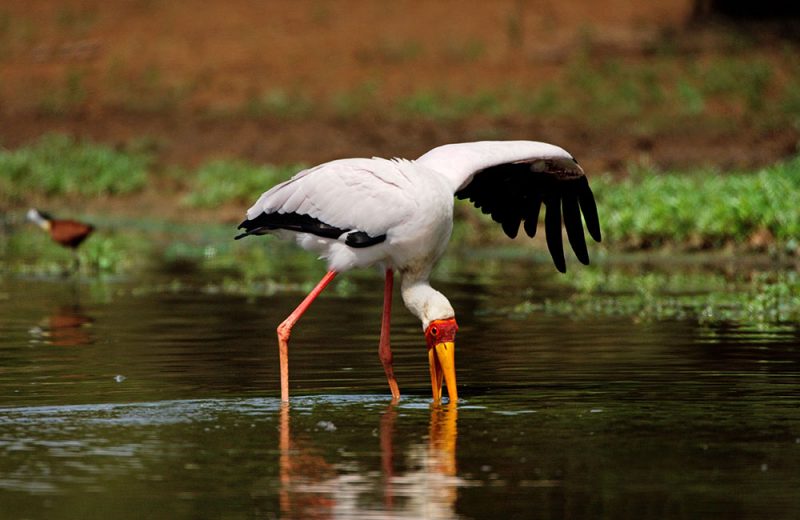
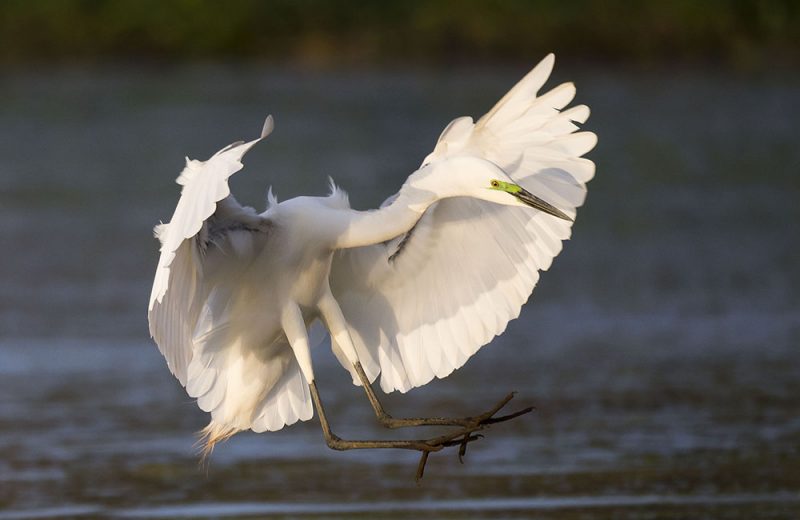
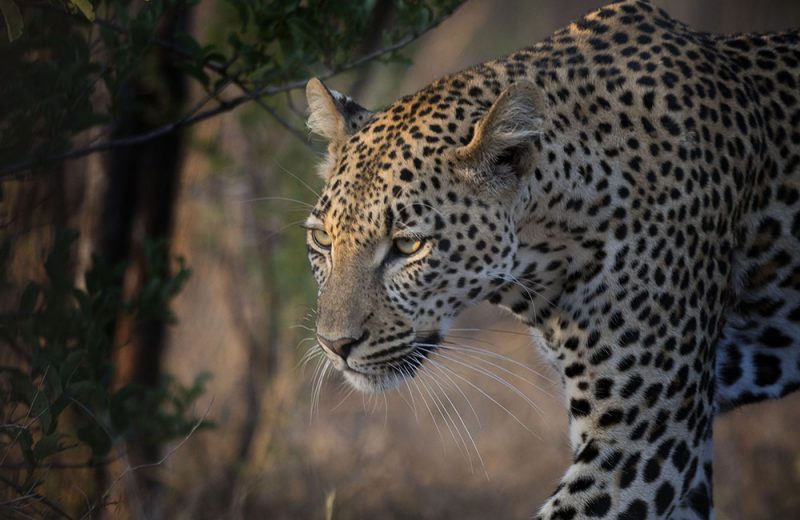
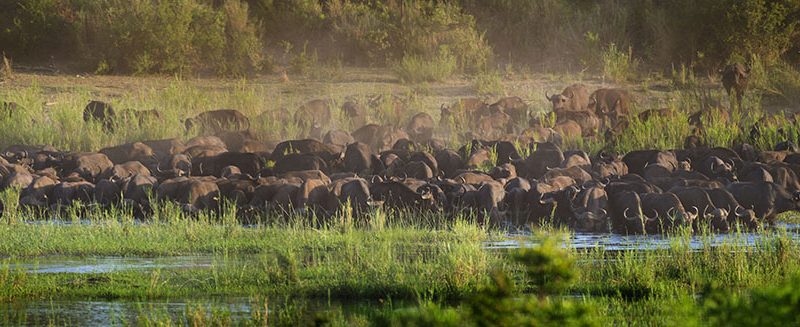
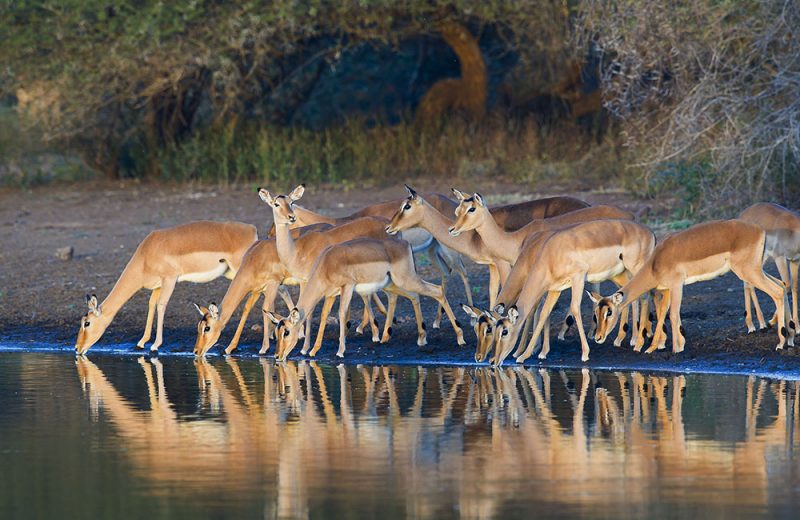
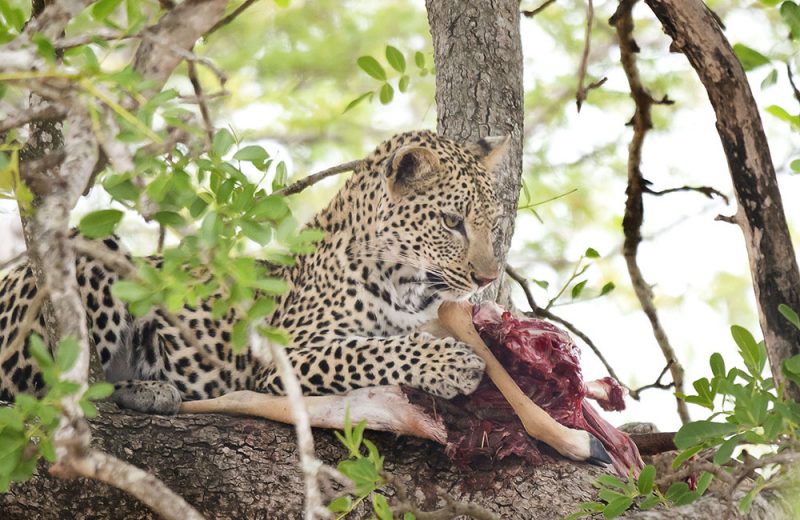

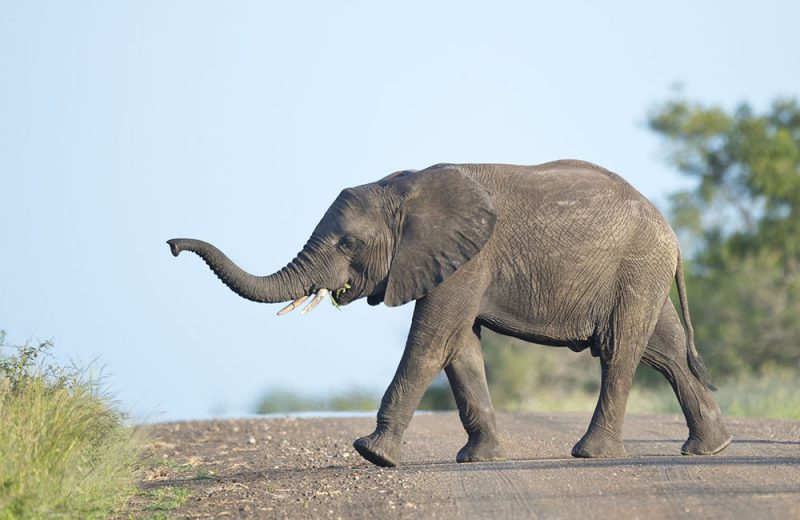
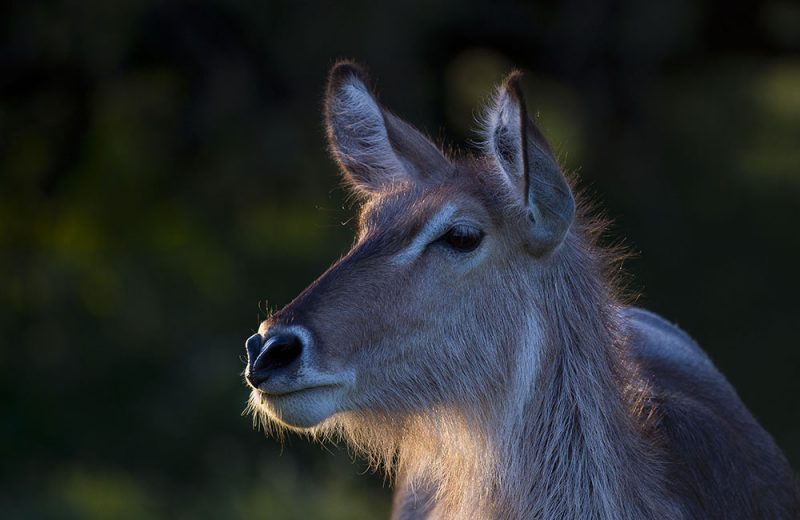
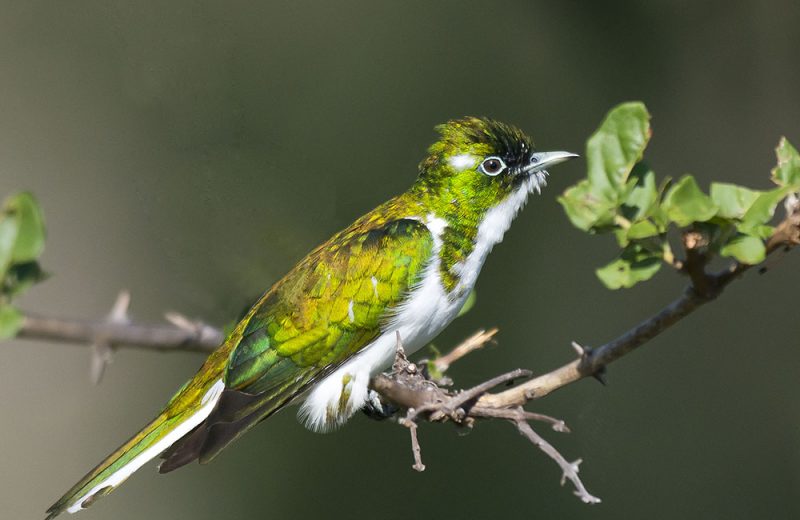
2 Comments
Jane December 8, 2020 at 5:28 pm
Do you have to book to use the Kruger campsites?
Loving your blog and wonderful photos.
Richard Grant December 8, 2020 at 7:35 pm
Yes Jane, one books through Sanparks (I use there excellent website booking http://www.sanparks.org) Once at the campsites one settles in wherever one can. In other words there is no designated campsite reserved for you. So please you are enjoying the blog.